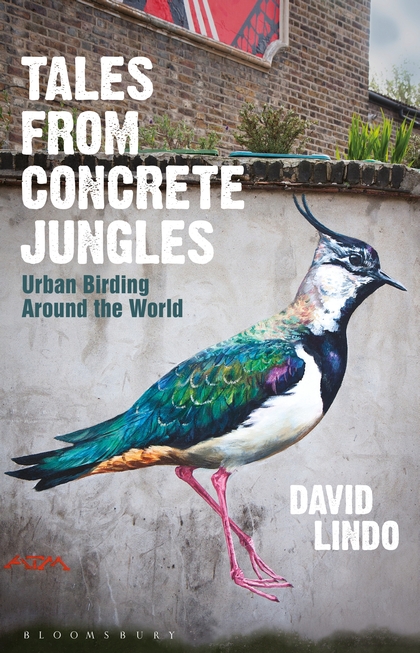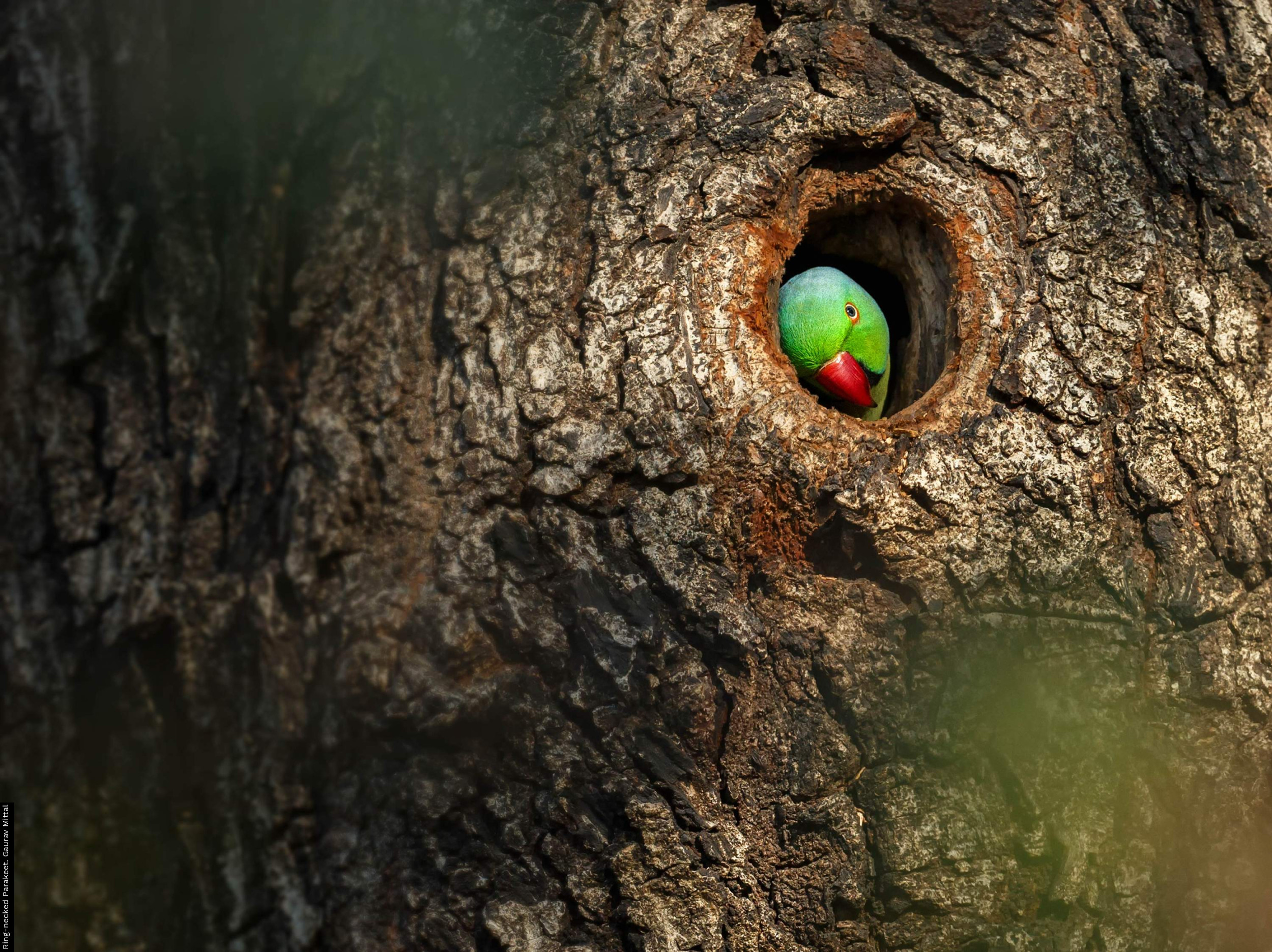
Publisher: Bloomsbury Publishing, London
Publication Year: 2015
Binding: Hardback
Page Count: 240
ISBN Number: 978-1-47291-837-6
Price: £ 14.99
Tales from Concrete Jungles: Urban Birding Around the World
Last December I was not the only BTO staffer to twitch a Reed Warbler on a traffic island in Leyton, London. There, I've said it. Whilst seeing the out-of-season warbler was hoped for, if not expected, several other species on my BirdTrack complete list of 19 were genuine surprises: birds like Grey Heron, Green Woodpecker, Stonechat and Grey Wagtail! It is this type of encounter with the unexpected, in the most unlikely of built-up environs, that knits together David Lindo's accessible and honest ‘Tales from Concrete Jungles’.
The book is a collection of David’s (mostly) urban birding adventures, many of which came about through his exploration of a wide range of cities for his Bird Watching magazine column. It does not seek to compete with Paul Milne’s ‘Where To Watch Birds: World Cities’ as a site guide (though it was a little surprising not to see that title mentioned somewhere) but instead aims to inspire the reader to seek, study and enjoy birds and other wildlife right at the heart of human habitation.
The first section, ‘Being an Urban Birder’ does stray a little from the overall theme, with chapters covering ‘Birds on Film’ and ‘Identifying Birders’ being among the most incongruous. However, the next section delivers a delightful and eye-opening virtual tour of cities in the British Isles and Ireland. I like to think my part-time twitching antics have given me a fair grasp of UK geography but every chapter threw up new nuggets of information about places I thought I knew. Which cities boast the migration-watching hotspots of the fabulously-named Raw Nook Nature Reserve or the Cabot Tower (named after the fifteenth century Italian navigator, incidentally, not the nineteenth century physician and ornithologist of tern and tragopan fame)? Where would you seek the locally scarce Nuthatch in Cambridge and which UK city hosts Avocet, Brent Goose, Woodlark, Nightjar, Goshawk, Dartford Warber and Cirl Bunting within its boundaries on an annual basis? And where would you search for Harold the Whooper Swan? The chapter on Milton Keynes immediately reveals a place that has much more to offer than the stereotypical image of concrete cows, roundabouts and a relocated football team.
Some of the places Lindo visits do by his own admission “seriously stretch the definition of urban birding” (Gibraltar Point springs to mind) but this book is about the local birders who show him around as much as it is about birds and places. This is of course by its definition at the very core of Urban Birding, and it is fascinating to read about many inspirational characters who have pioneered conservation and bird recording in areas that other birdwatchers avoid or overlook. An opportunity is perhaps missed on this front though: rather than simply lambasting Ring-necked Parakeets or marvelling at the list of rare migrants that have graced unlikely spots, more could have been made of the immense value of recording all species, including non-native and unpopular ones, wherever they are found.
Although I lack familiarity with most cities elsewhere in Europe and the rest of the world, there was still much to interest and inspire in those sections. It was easy to identify with Lindo’s (unfashionable) views on rarity hunting on Corvo in the Azores (another rather-less-than-urban location?!) and the opening line of the Addis Ababa chapter is certainly eye-catching! The notion of adopting and birding an undiscovered city patch while on a short trip abroad also struck a chord: something every birder should do in that situation.
Book reviewed by Nick Moran
buy this book





Share this page